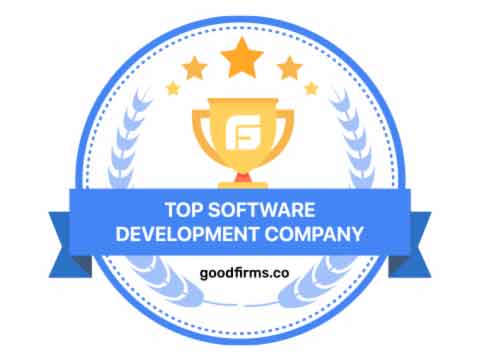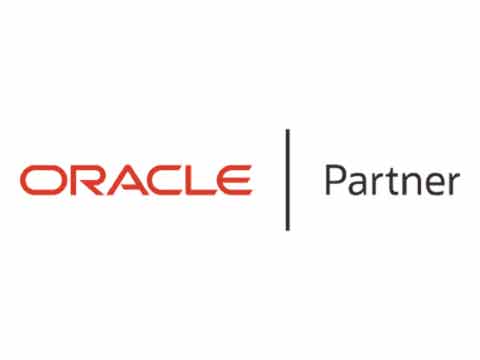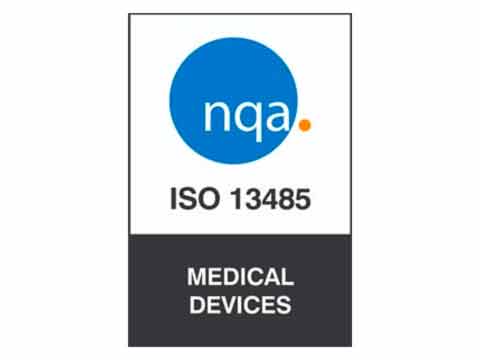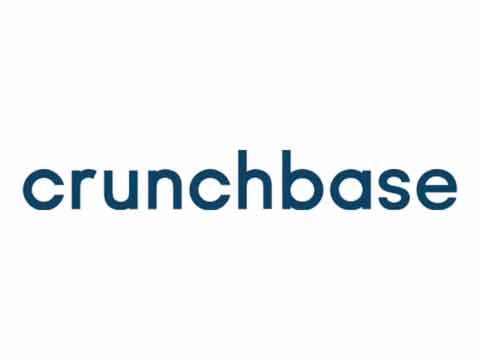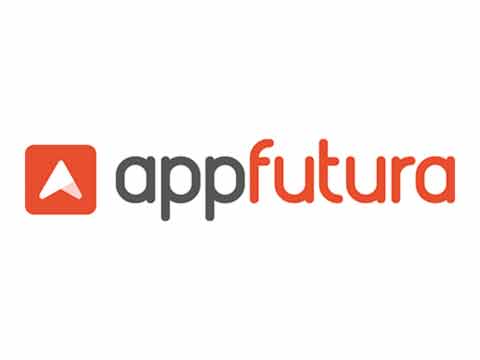In the ever-evolving landscape of healthcare, efficiently managing patient data remains a persistent challenge for medical professionals. According to Statista, half of all hospitals in the US identify data management as a major obstacle to achieving healthcare interoperability. In response, SMART on FHIR emerges as a groundbreaking solution, poised to streamline data interoperability in the medical field.
What Do You Need to Know About SMART on FHIR?
SMART, short for Substitutable Medical Applications and Reusable Technologies, is a platform that enables communication between electronic health records and apps. In 2010, before FHIR (Fast Healthcare Interoperability Resources) even hit the scene, SMART was born out of a collaboration between Harvard Medical School and Boston Children’s Hospital. Their mission is to create a platform where medical apps can be written once and smoothly run on different healthcare IT systems.
Fast forward to 2013, and SMART got an upgrade, aligning itself with the FHIR standard. It was still the early days of FHIR, but today, SMART and FHIR have become a dynamic duo, offering an open, standardized, and practical way for different electronic health records, health system sites, and data sources to exchange information. The SMART team isn’t resting on its laurels—they’ve got a sandbox, app gallery, and ongoing projects like CDS Hooks, Flat FHIR, and SMART Markers to keep the innovation flowing. It’s all about making healthcare tech work together seamlessly!
Use and Challenges of SMART on FHIR
Why use SMART on FHIR
- Streamlined Usability
One of the standout advantages lies in its ability to streamline the integration of apps into existing healthcare workflows. This not only enhances efficiency but also boosts patient engagement, a critical factor in modern healthcare delivery.
- Scalability for Broader Use
It allows for the creation of substitutable apps, expanding their potential user base. This scalability contributes significantly to the broader adoption of healthcare solutions, reaching a larger audience and improving overall healthcare outcomes.
- Efficiency in Development
Reducing the resources required for app creation empowers developers to focus on functionality rather than grappling with complex implementations. This efficiency accelerates the development cycle, leading to quicker deployment of innovative healthcare applications.
- Simplified EHR Integration
Electronic Health Record (EHR) integrations can be daunting, but it simplifies the transfer and sharing of healthcare data. This simplification not only reduces the technical challenges associated with integration but also ensures a more seamless flow of information across different systems.
- Standardization and Choice
It provides a standardized platform for app implementation. This standardization offers clinicians a broader range of applications to support their workflows, ultimately enhancing patient care and improving data accessibility across the healthcare ecosystem.
- Modern Developers understand APIs
SMART on FHIR is API-based. Modern developers understand how to use APIs. While developers may need training on implementing and using these APIs, it is much better than the old H7 messaging standards, which haven’t gone away.
Challenges using SMART on FHIR
- Complexity
Despite its efforts to simplify development, it does come with its own set of standards, which can be intricate. And just because there is a standard, there are differences in implementation which make it more complex. This complexity may pose challenges, potentially hindering adoption for some organizations, especially those with limited resources or technical expertise.
- Growing Support
Not all Electronic Health Record (EHR) vendors or healthcare systems support SMART on FHIR or the same version, but they are growing. With new information-blocking rules in place, use will continue to grow. This limitation can restrict its usefulness for certain organizations, creating disparities in adopting this interoperability solution.
- Resource Intensiveness
SMART’s development, integration, and maintenance of FHIR applications can demand significant resources, including time, money, and specialized expertise. Organizations must carefully weigh the costs against the benefits before committing to this technology.
- Data Privacy Concerns
Despite robust security protocols, concerns about patient data privacy may arise. These concerns can impede the full acceptance of it, requiring continuous efforts to address and alleviate privacy-related worries.
- Interoperability Limitations
While it significantly improves data exchange, it does not provide a one-size-fits-all solution for all interoperability challenges in the complex healthcare landscape. Some issues may persist, requiring additional solutions or complementary technologies to address specific integration challenges.
We Make Digital Health Work For Your Patients
At Estenda, we recognize the paramount importance of SMART on FHIR in the evolving healthcare landscape. We firmly believe that crafting bespoke software for digital therapeutics is the key to empowering healthcare providers in delivering patient-centric treatments. Established in 2003, Estenda boasts a rich array of digital health services, collaborating successfully with entities ranging from small startups to global Fortune 50 companies and academic medical health centers.
Our commitment to innovation is evident in projects such as custom healthcare software development and data analytics projects. With ISO13485 certification, Estenda navigates seamlessly through global regulatory and privacy regulations, ensuring the highest standards in developing healthcare solutions. Contact us at (484) 362-1200, and let’s explore the possibilities together.



